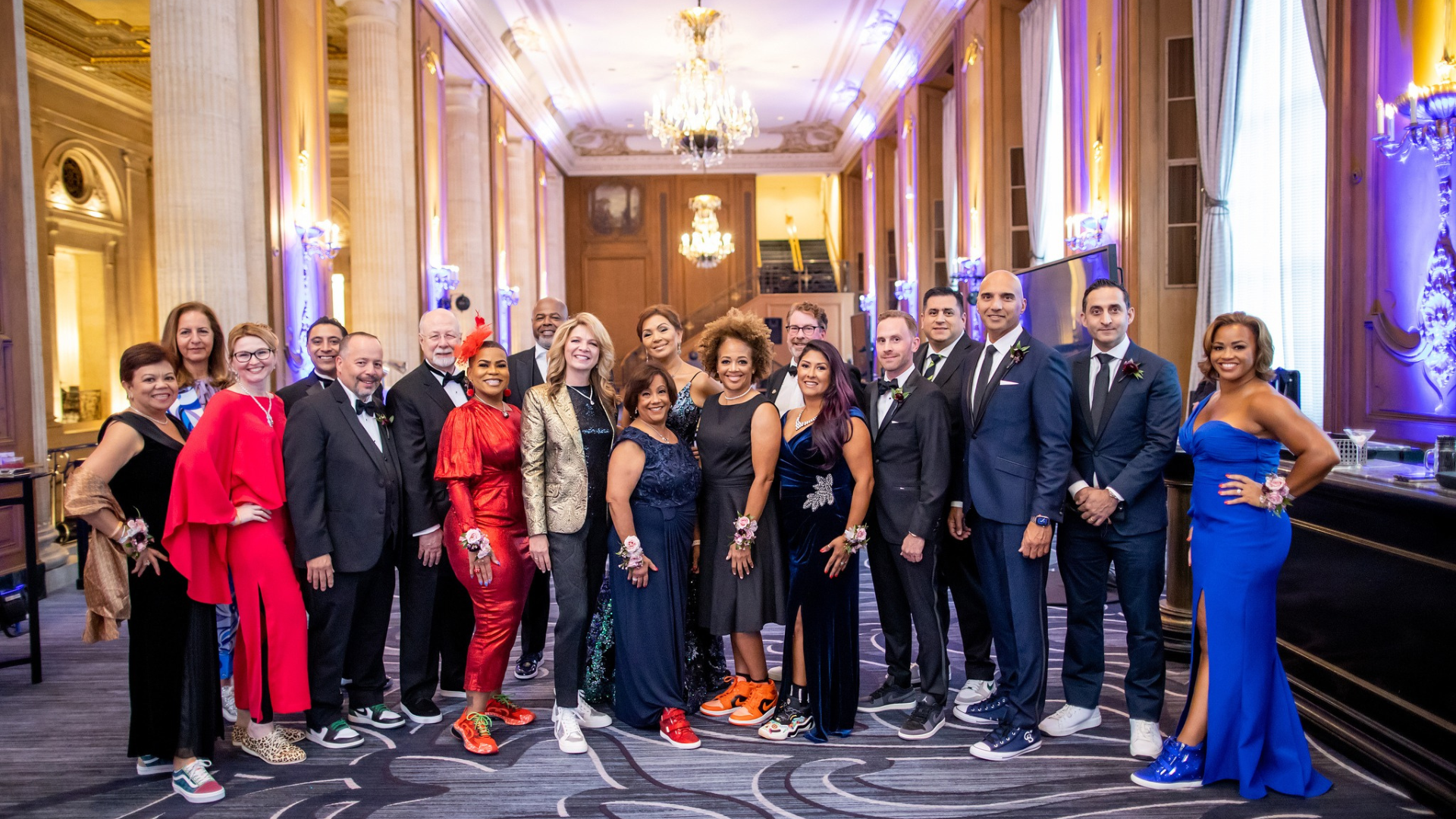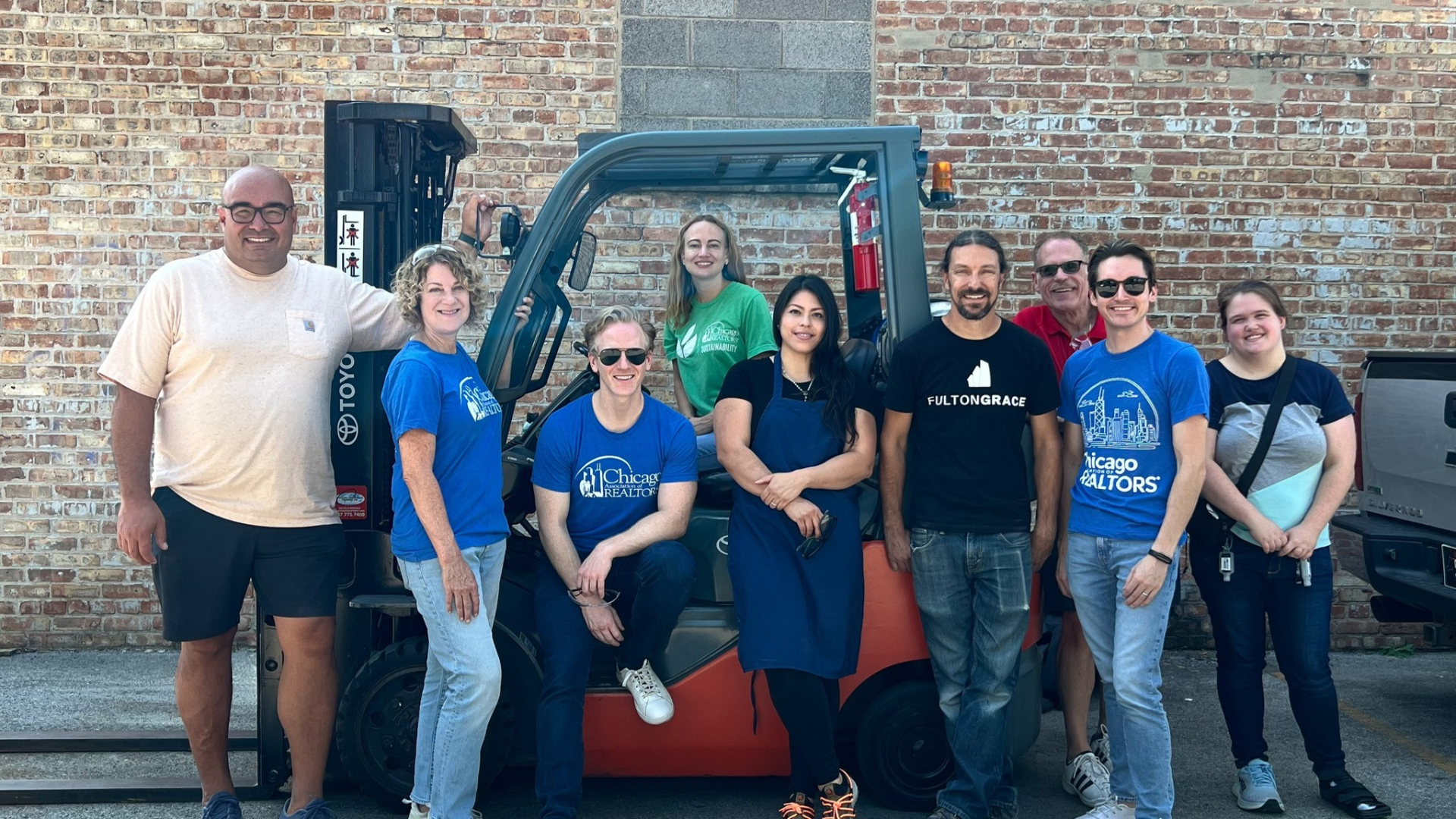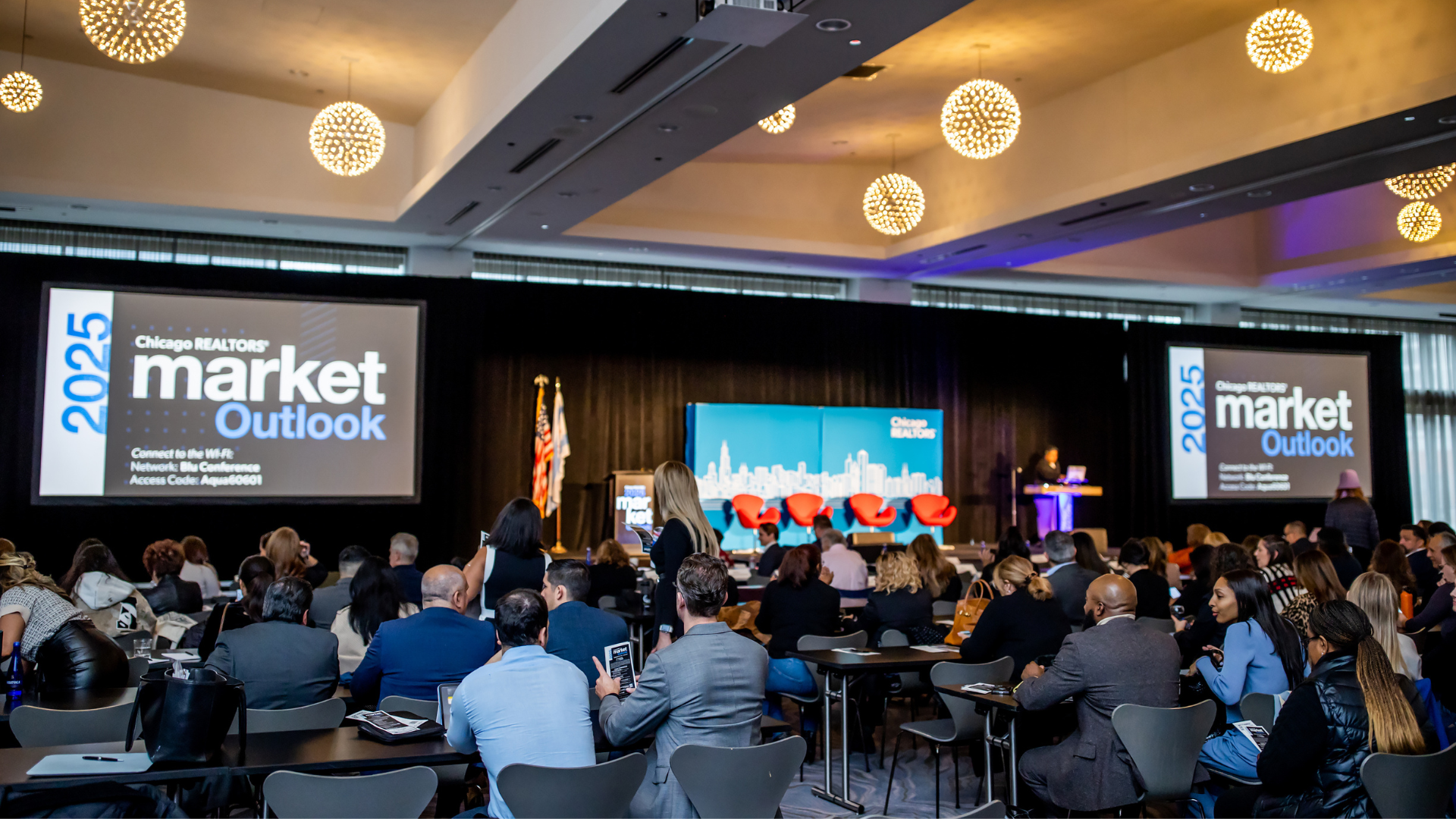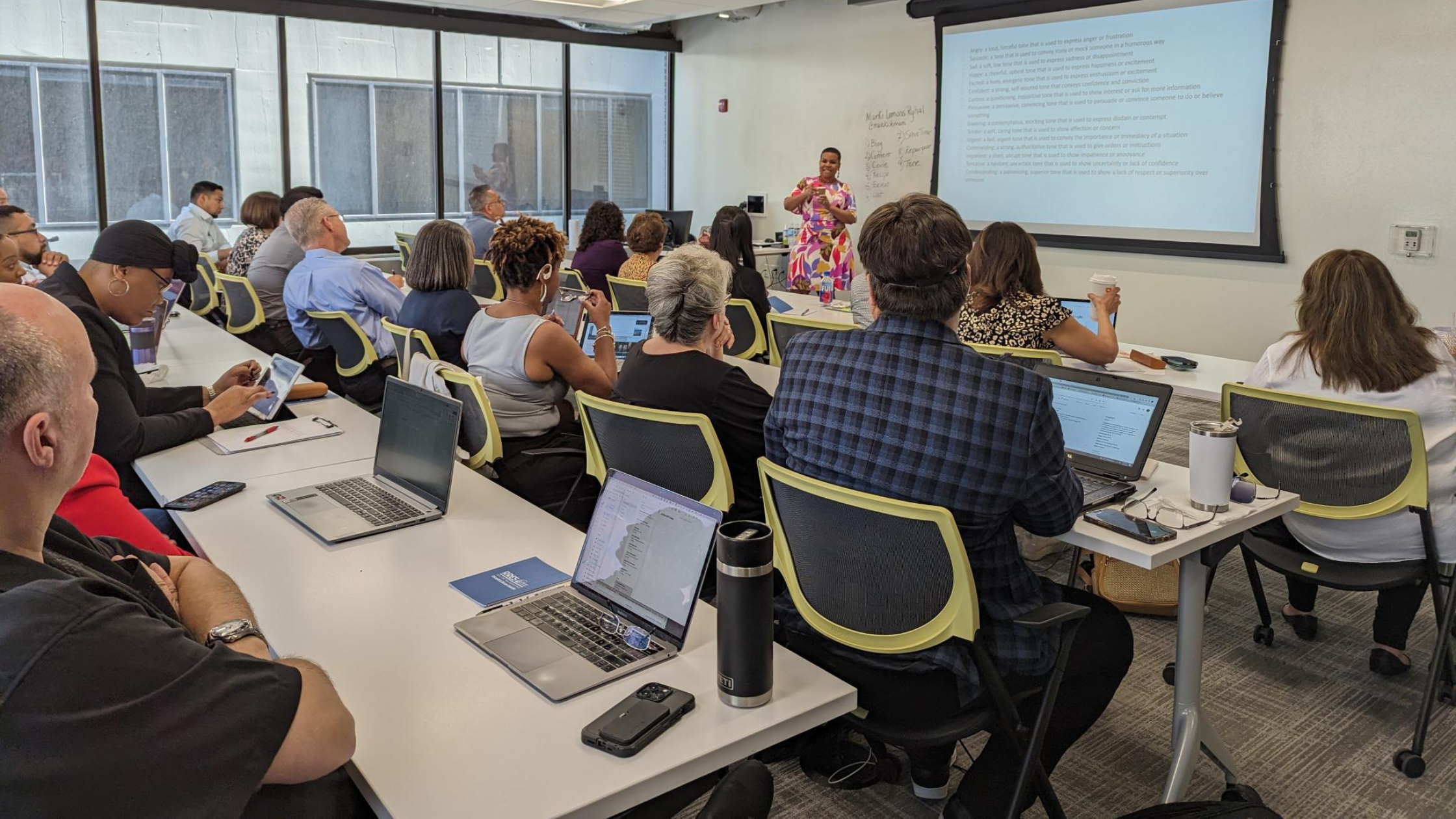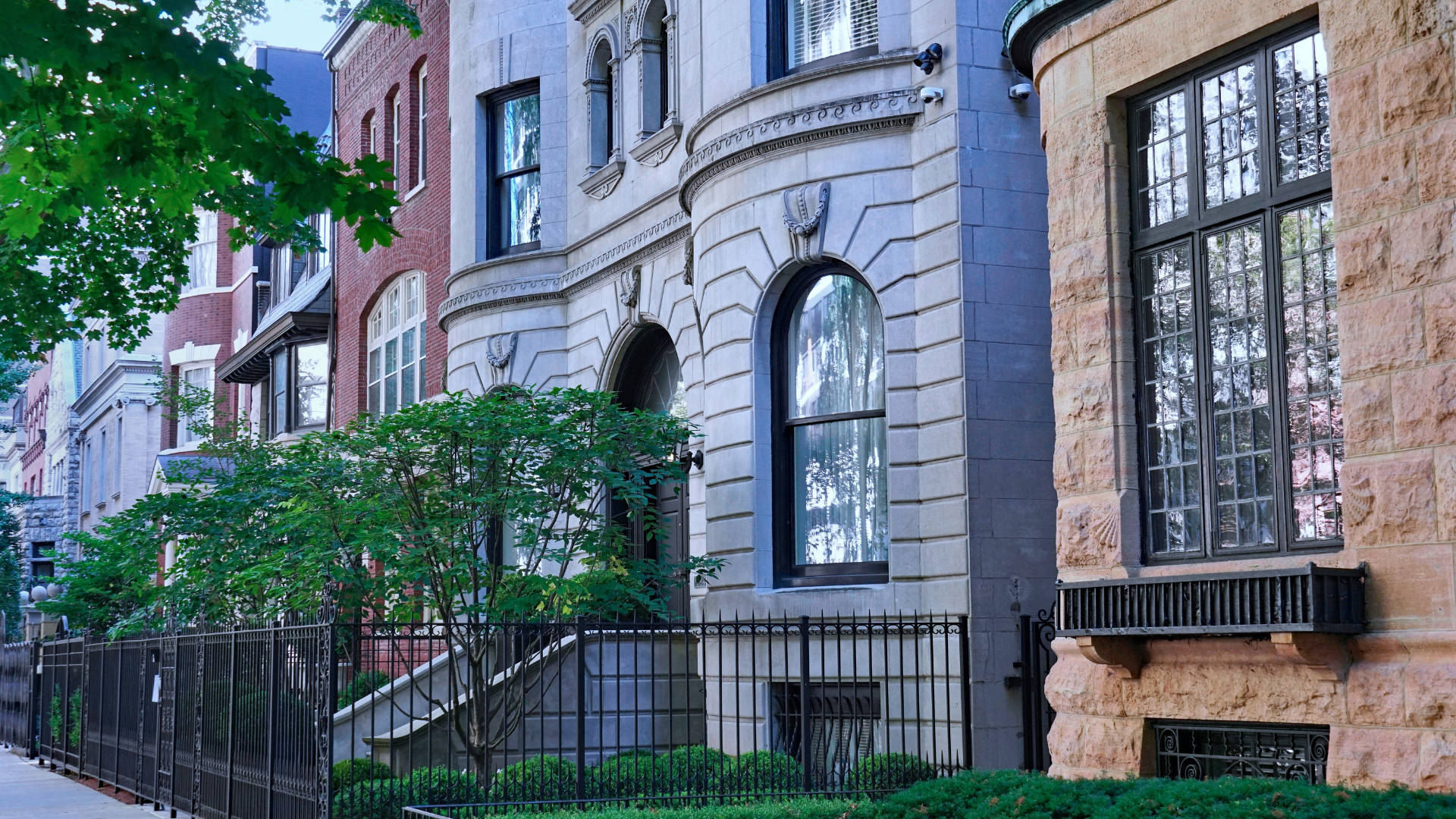“Opportunity Zones are a hot topic for good reason,” Commercial Forum Vice Chair Tony Hardy, Marcus and Millichap, said. “This program will allow us to bring dollars and traffic into the communities that need it most.”
Last week, our CommercialForum hosted the Opportunity Zones Summit. A fireside chat with Scott Glickman, who has been instrumental in the creation of the Opportunity Zones program, was followed by two panel discussions: Reinventing Disinvested Communities through Real Estate Development in Opportunity Zones and Blending Maximum ROI & Maximum Community Impact with Opportunity Zones.
Here’s what we learned:
What Are Opportunity Zones?
Steve Glickman, Develop LLC, described Opportunity Zones as, “The only new form of place-based investment that has been created by Congress since the New Market Tax Credit in 2000.” He added, “It’s a geographically-constrained way to raise equity investment in low-income communities around the country.” Designated by the government, Opportunity Zones are properties found in communities where there is at least a 20 percent poverty rate – although on average, most are in communities with a 40 percent poverty rate. An incentive for investing in these Opportunity Zones is that as long as the investment is held for 10 years or more, the investment becomes tax-free, regardless of how much the investor has gained.
“What’s the catch?” moderator Rebecca Thomson, Thomson Real Estate Group, asked.
There isn’t one – except that it can be a difficult program to understand, Glickman said. Also, there are time constraints. As of right now, new investments can be made until 2027 and investment properties can be held until 2047.
Glickman suspects $100 billion go into Opportunity Zones around the country each year and believes Chicago will take a considerable chunk of that, particularly on the south and west sides.
How Opportunity Zones Came to Be
Originally known as the Investment in Opportunity Act founded by U.S. Senators Cory Booker, Tim Scott and Maggie Hassan, the Opportunity Zone program gained even greater bipartisan support following the 2017 protests in Charlottesville, Virginia. The Trump Administration sought solutions for cities with tension and divide. Opportunity Zones, among other ideas, were presented in the Investment in Opportunity Act as part of the Tax Cuts and Jobs Act. Shortly thereafter, the Administration endorsed the bill and it was passed by Congress.
Words of Advice for Investing
“This is not just a real estate program,” Glickman reminded the audience. “It’s also an investment for businesses, tech companies, charter schools [and] healthcare companies.” Regardless of who you are, there are three things Glickman wants investors to keep in mind:
- You have to invest in a geographically-constrained way. Once you invest in one of these communities, the business must stay operating in the communities.
- You have to invest for a long period of time to get the best part of the incentives – at least ten years.
- You have to make an economically productive investment. In other words, you have to create something new and/or substantially improve whatever it is you’re investing in. “From a real estate context, that means you have to invest 100 percent of the acquisition value of that asset, minus the cost of land,” Glickman explained. “If you have a $1 million [property], where $700,000 is for the building and $300,000 is for land, you have to invest $700,000 into the business within two and a half years of buying the property.”
Noah Birk, Kiser Group, who conducts much of his business on the south sides where there are designated Opportunity Zones, had additional words of advice. The first is to make sure you find a good property manager. A lot of low-income communities have a lack of good property managers. “It’s often hard to find that talent.”
Birk also suggested adding finishes. “A common misconception is that putting in nice finishes will not pay off. That’s not really the case. A lot of times when we hear about a lack of affordable housing in the city, the real problem is the lack of safe, nice and clean housing. Putting in those finishes does pay off – you get better quality tenants and a safer building.”
Breaking Into the Opportunity Zones Game
As a REALTOR®, you may be closer to getting involved in Opportunity Zones than you think you are.
“If you are already dealing with clients with 1031 investable gains, then you have clients who have successfully invested and are ready to invest in something else. Focus on those clients,” Leon Walker, DL3 Realty said. “The OZ legislation is just a pivot from that. The pivot is this: for 1031, there needs to be like-kind exchange for real property under the Tax Cut and Jobs Act. For OZ legislation, it’s wide-open. You can sell a car or stock and put it toward an OZ. If your clients already have a 1031, you can start to move them toward something else to grow their portfolio.”
David Howat, Inland National Development Company, reminded investors to be tough. When approaching municipalities about your project, “Don’t take ‘no’ for an answer. If the mayor’s not at the meeting or if the alderman’s not there [to help move the project forward], the answer to that question should be, ‘why not?’ Also, know a lot of Opportunity Zones have environmental challenges, so consider working with a developer to help cover those costs to get the project out of phase one.”
Opportunity Zones and Chicago
Terri Nietzel, CohnReznick, acknowledged political uncertainty and how it could cause hesitancy from investors. Local politics, taxes, increased property values and the assessors’ new rules on reporting, transparency and greater assessments “have to be taken into account.” Still, Nietzel’s local and out-of-state clients have shown excitement about investing in Chicago’s communities.
Scott Goodman, Decennial and Farpoint Development, said his business and Opportunity Zones investments are focused on Chicago because there’s a greater need here. “In the south side of Chicago, there is a scarcity of investment, but there’s demand,” he said. “When I see 100 acres of lakefront property, next to the largest conference center in the western hemisphere, without displacing anyone and now it gets designated an Opportunity Zone, it checks all the boxes for us.” Goodman’s Farpoint Development is the lead developer in the Burnham Lakefront project.
It’s All About Community
When moderator Sarah Ware, Ware Realty Group, asked the panelists how we can ensure Opportunity Zones benefit the communities they are meant to serve and don’t lead to gentrification and displacement, Walker quickly responded: “Be intentional.”
Bo Kemp, Faegre Baker Daniels Consulting, said we need to shift the conversation “from gentrification to empowerment. ” “The issue isn’t change – change is going to come to every community whether we like it or not,” he said. “The question is, are you putting people in positions where they’re being forced to change without having any input whatsoever?”
In an Opportunity Zones project Kemp is working on in Louisana, they’ve created a tax differential and education programs for legacy residents. This way, their tax increases are slower than increases for newer residents as prices go up, and they can decide to sell on their own volition instead of being forced out.
Howat expressed the need to make sure the jobs being created are for locals. From engineers to architects to developers, there are talented people right in these communities and Opportunity Zones should be used as means to employees these workers.
Reverend Dr. Richard Tolliver, St. Edmund’s Redevelopment Corporation (SERC), emphasized the importance of local groups, nonprofits and faith-based organizations getting involved in the Opportunity Zones program. His church, which developed SERC, has been at the forefront of Opportunity Zones projects in Chicago. They are the sole investor in a $1,950,000 Opportunity Fund, which was created from the sale of an asset. He says SERC will continue to be involved in the program to spur development within the communities they’re intended to serve.
And, before jumping in and trying to help, be sure to have conversations with community members and keep them involved throughout the entire project, Glickman said. Investors “cannot be successful without taking stock in the needs and wants of the community,” he said.
Aldermanic Support
REALTORS® weren’t the only ones in attendance. Here’s what a few aldermen in attendance had to say about the Opportunity Zones Summit:
- “It’s great to see the interest in Opportunity Zones, since a lot of my area falls into these zones. I’m optimistic these players will do some development within the ward,” Alderman Greg Mitchell, 7th Ward, said. He’d like to see the Opportunity Zones program bring new amenities to the ward, like a full-service grocery store and more retail and housing. “I look forward to more events like this. It educates me and those who I want [the ward] to do business with.”
- “My number one takeaway I heard here is that it doesn’t just have to be individuals who invest in these properties,” Alderman David Moore, 17th Ward, said. “The City has to get together with private partnerships, and they can set up their own fund…and they can direct the funds into the communities they need to go to.” Moore is excited to keep developing relationships with REALTORS® and investors who are interested in the Opportunity Zones programs to bring more development to his ward.
- Alderman Jason C. Ervin, 28th Ward, felt the summit was helpful in “getting ideas to jump-start and kick-start investment in the west sides of Chicago.” One of Ervin’s main points of focus is to develop housing and anchor institutions on the west side, so he was particularly excited to hear about organizations like SERC who have developed their own Opportunity Funds for similar causes. “If a not-for-profit can put a fund together, maybe it’s something the City of Chicago can get more involved in to attract funding.”
For more on CommercialForum, click here and check out @commercialforum on Twitter and LinkedIn.
